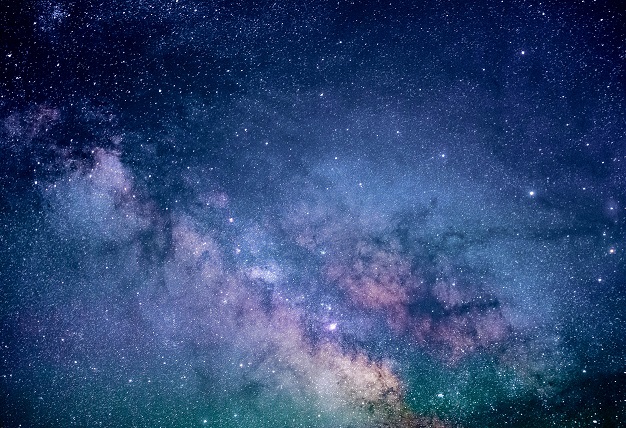I’ll See You on the Dark Side of the Moon
We begin the forecast period on an expansive note as Mars emerges from its intense and unrelenting focus in Scorpio into the great outdoors and expansive adventures of Sagittarius on Saturday 27 January. It will roam freely there until the 17th March. On the following day, Mercury squares Uranus before moving into Aquarius, the sign that Uranus rules, on 1 February. It will be joining the Sun, Venus and the South Node in that innovative and unpredictable sign. While Pluto and Saturn will remain in Capricorn beyond this year, some of the faster moving planets have now moved out of earth into the more innovative, objective and detached air. In this active period all the planets will be moving in a forward direction.
In the opening minutes of the month of February (at 0:27 am to be precise) we will witness another Supermoon. The Moon will oppose the Sun at 11 and a half degrees Leo and Aquarius respectively, with planet Earth positioned between them. This total Lunar Eclipse will be visible throughout Australia, beginning at 9:51 pm on Jan 31. It will reach its maximum (or darkest period) just two minutes after the full Moon and we will witness the complete re-emergence of the fully illuminated Moon by 3:08 am. When the light has disappeared and the Moon is totally eclipsed It will give off a crimson red glow. This is often referred to as a ‘Blood Moon’. In a sense it will be as if time has sped up as we witness all the phases of a month’s Moon cycle over a period of a little over five hours. If it’s a clear night and you happen to be awake, going outside and observing it will be a truly memorable experience.
This Aquarian eclipse is part of an 18 month sequence of eclipses ending August 2018, all of which are occurring across the Aquarius Leo axis. This axis is ultimately challenging us to be able to handle intimacy without fear. It also represents the split between the head and the heart. There are various astrological views about just how long before and after the event an eclipse affects the zeitgeist, and particular people on an individual level. Some astrological approaches suggest up to six to twelve months. The intensity will depend on where it falls in the chart of an individual or a country. Generally eclipses are associated with powerful accelerations of change. This eclipse is particularly powerful one partly because it is quite close to (only three degrees away from) the North Node. Lunar eclipses are about bringing things to a culmination or to fruition. Because this is a North Node eclipse and Aquarius is involved, there is also a sense of planting seeds for the unknown future.
The Asteroid Goddess, or dwarf planet, Ceres is less than a degree away from the Moon at the time of its culmination. Known as the Goddess of the Harvest and the mother of Persephone, Ceres brings in themes of abundance and sorrow, release and return. She fosters compassion and care for the environment The Moon is also forming a challenging transit to Neptune and Chiron suggesting themes of release, healing and spiritual awakening at this eclipse. Finally the South Node of the Moon is conjunct Venus at the eclipse, reinforcing the importance of matters of the heart.
Gillian Dwyer is a Melbourne astrologer Agent 25 of the C*I*A and frequent participant at Kundalini House.








Leave A Comment